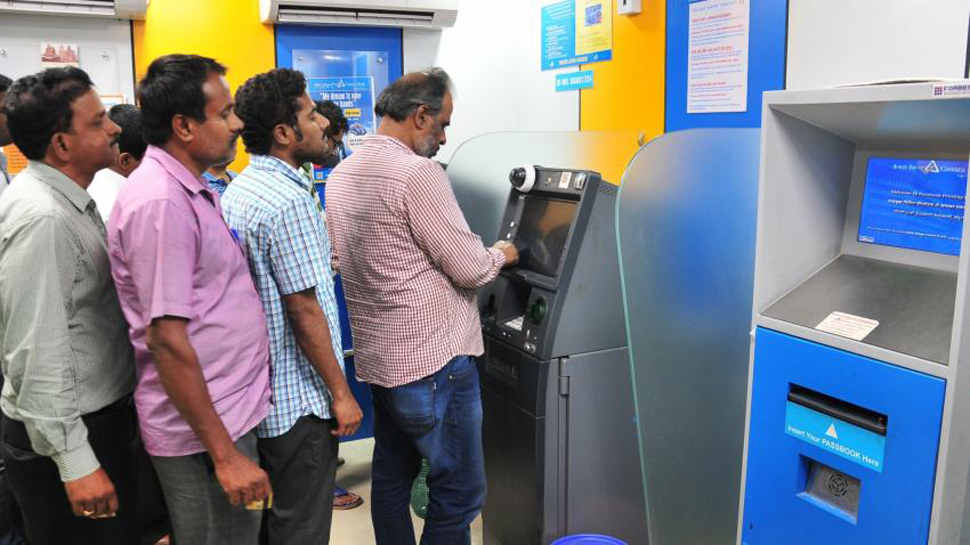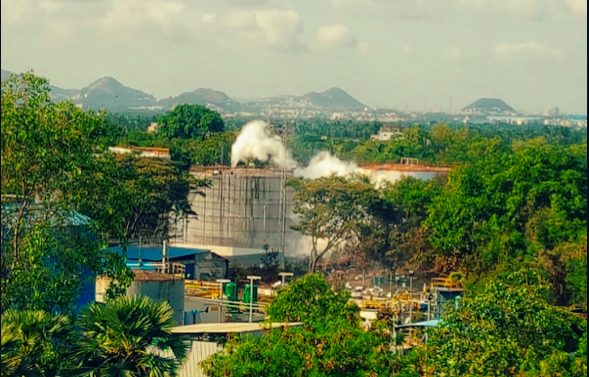According to the industry sources, the banks are going ahead with the closure of ATMs in a bid to turn them into profit centres.
Sources further adds ” Basically, the interchange rate of Rs 15 per transaction is very low for the banks to sustain the costs. So they are closing many of their ATMs. It is good for the profitability of the banks ”
Interchange rates are the amount charged by one bank to another when the latter’s customer uses the former’s ATM.
It has been learnt that the banks have written to the Reserve Bank of India (RBI) to increase the inter-bank charge among the banks.
As per the data available with the Reserve Bank of India .,
The number of ATMs has seen a decline of 3.3% in the past two financial years 1% in 2017-18 and 2.3% in 2018-19.
The number of ATMs at the end of March 2019 stands at 2.02 lakh. At the end of March 2018 the number of ATMs stood at 2.07 lakh, while at the end of 2017-18, the same stood at 2.08 lakh,
The drop in ATMs is heavier in the rural areas than the urban areas. In the past year, the rural areas have seen a decline of 3% to 33,449 from 34,490 a year ago. On the other hand, in the urban areas, the number of ATMs has declined by 2.1% to 1.69 lakh.
In total, during the past two financial years, the number of cash-dispensing machines in the country has come down by 6,158.
The decline has been happening despite the increase in the number of transactions. During the month of March 2019, the country witnessed 89.23 crore ATM transactions using both credit and debit cards up 15% from 77.57 crore transactions in the month of March 2018.
In March 2018, the number of ATM transactions grew by 9.2% on a year-on-year basis.
In terms of value as well, the ATM transactions have been growing steadily.
During March 2019, the value of transactions at the ATMs of various banks amounted to a sum of Rs 2,89,397.54 crore, an increase of 8.5% from Rs 2,66,719.52 crore in March 2018, when it had shown a growth of 17.9% year-on-year.









